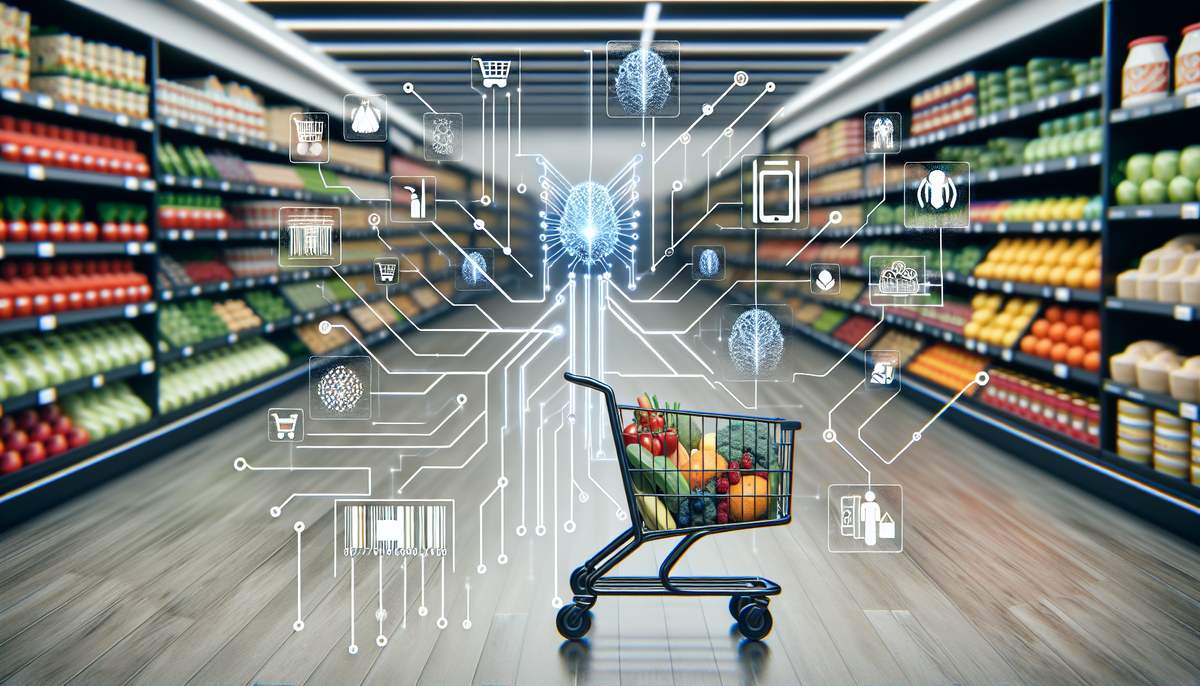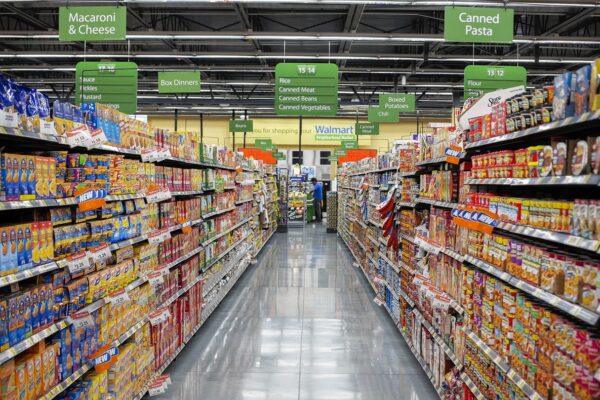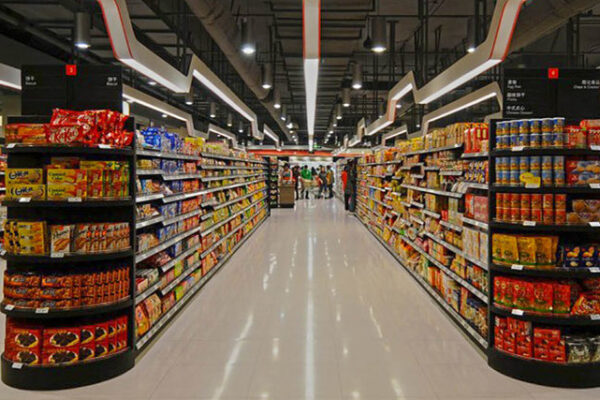Practical Steps to Build Long-Term Relationships with Retail Customers
The retail industry has changed dramatically over the past two decades, and technology has been at the heart of this transformation. Customers today expect more than just good products—they want convenience, personalization, and seamless shopping experiences. For retailers, adopting technology is no longer optional; it is a key strategy to remain competitive and meet customer expectations. From digital tools to artificial intelligence, technology is reshaping how customers interact with retail businesses.
1. Omnichannel Shopping Experiences
Customers today shop across multiple channels—physical stores, websites, and mobile applications. Retailers who use technology to create an omnichannel experience provide customers with consistency no matter how they choose to shop. For example, customers can browse products online, check availability in-store, and then purchase through a mobile app. This flexibility increases customer satisfaction and strengthens loyalty.
2. Personalized Marketing and Recommendations
One of the greatest advantages of technology in retail is personalization. By using customer data, retailers can offer tailored product recommendations, special discounts, and targeted advertisements. For instance, AI-driven systems can analyze a shopper’s purchase history and suggest products that match their preferences. This makes customers feel valued and increases the likelihood of repeat purchases.
3. Faster and Smarter Checkout Systems
Long lines at the checkout counter are a major frustration for customers. Technology has solved this with innovations such as self-checkout kiosks, mobile payments, and contactless transactions. These systems reduce waiting times and make shopping quicker and more efficient. Retailers who invest in advanced checkout solutions provide a smoother experience, which often translates into higher sales.
4. Inventory Transparency and Availability
Customers expect to know whether a product is available before visiting a store. Technology enables retailers to keep real-time inventory information online and in-store. Mobile apps, smart shelves, and digital signage help customers quickly find what they need. This level of transparency improves trust and reduces disappointment, ensuring that customers leave the store satisfied.
5. Virtual and Augmented Reality Experiences
Innovative technologies like Virtual Reality (VR) and Augmented Reality (AR) are enhancing the way customers shop. For example, AR applications allow customers to “try on” clothing virtually or see how furniture would look in their homes before making a purchase. These experiences create excitement, reduce hesitation, and make shopping more interactive and enjoyable.
6. Customer Service Through Technology
Chatbots, AI-powered assistants, and instant messaging tools are transforming customer service in retail. Customers can get answers to their questions instantly, whether it is about product availability, delivery status, or return policies. This 24/7 accessibility makes retailers more reliable and improves customer satisfaction.
Conclusion
Technology has become the backbone of modern retail, offering customers more convenience, personalization, and transparency. From omnichannel shopping and AI recommendations to AR experiences and smart checkout systems, these innovations elevate the overall shopping journey. Retailers who embrace technology not only enhance customer satisfaction but also build stronger, long-lasting relationships with their customers. In a fast-changing world, technology is the bridge between retailers and the next generation of consumer expectations.


